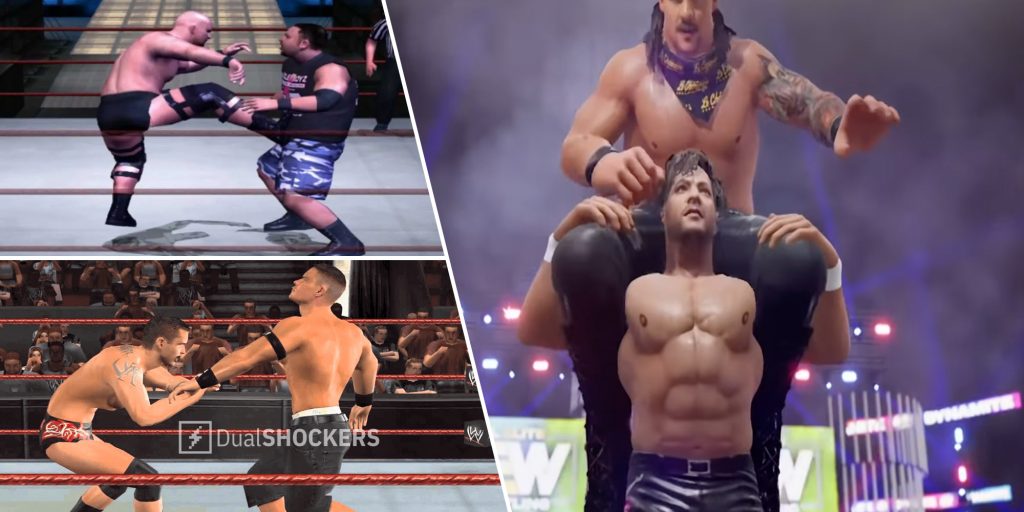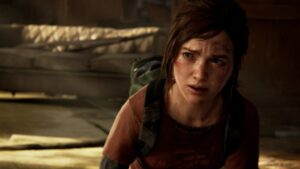For those not in the know, All Elite Wrestling has grown into the second-largest wrestling promotion in the world. After the company formed at the beginning of 2019, rumors of a video game quickly followed. One of the Executive Vice Presidents of AEW is Kenny Omega, a Canadian-born wrestler who had become the biggest foreign star in New Japan Pro Wrestling in decades. Omega has a bit of a background in the games industry himself, whether it’s being a regular at the CEO fighting game event in Orlando every year, naming his finishing move the ‘One-Winged Angel’ after Sephiroth from Final Fantasy VII, or coming to the ring dressed like Akuma from Street Fighter.
Omega has become the public face of AEW Fight Forever, both helping guide the game’s development, and being the contact point between the games industry and AEW. As he and the other AEW contracted talent were searching for a developer, the stars aligned, and Yuke’s became available as a developer. While Yuke’s are the developers behind the last half-dozen or so mediocre WWE titles, they also made some of the genre’s best games, such as Smackdown: Here Comes the Pain for the PlayStation 2 and the Day of Reckoning titles on the GameCube, and WWF No Mercy on the N64.
The modern era of WWE video games has opted for simulation rather than arcade-style play, focusing too much on the realism of WWE rather than its explosive spirit. All of the AKI wrestling games, such as WWF No Mercy or WCW vs NWO World Tour, had a simple but satisfying gameplay system. The ability to enter various types of grapples before inputting a button combination associated with a move allows a massive amount of variety in what you can do in any given match. It allowed players to experiment with how certain moves could be used in different environments.
WWE Day of Reckoning, developed by Yuke’s, built on this system. It allowed moves to be interrupted and had a physics system that allowed you to throw one wrestler into another – something very basic that has not been done for many years. No first-party wrestling game since Day of Reckoning 2, released in 2005, has really bothered to come up with a version of this system. The game’s incredible customization, such as being able to change any wrestler’s gear or moves, secret characters, and highly replayable single-player modes, left an indelible legacy that every game that has come since will inevitably be measured against.
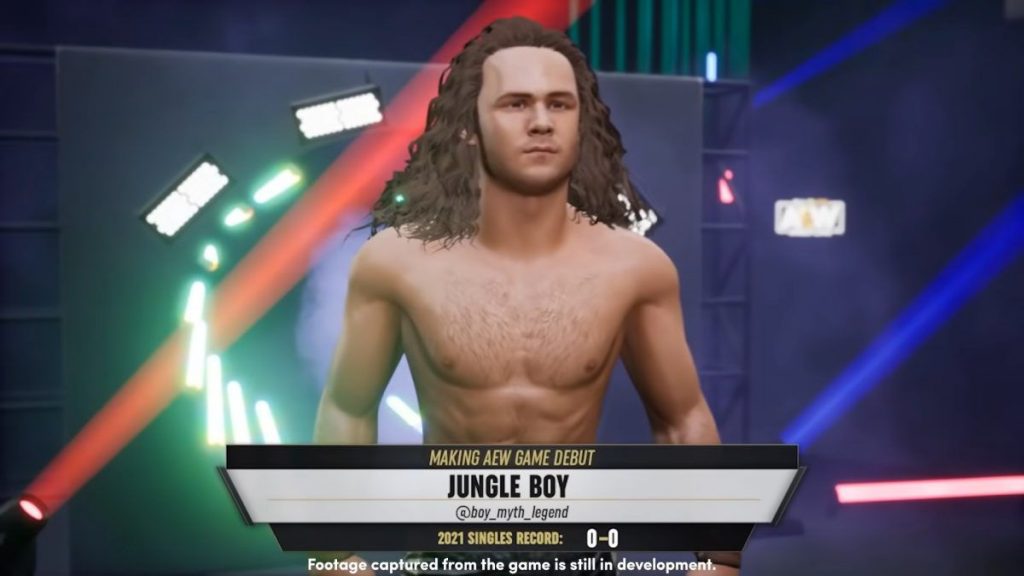

While the Smackdown games on the PlayStation 2 were well received, Day of Reckoning 1 and 2 had better graphics, better gameplay, and allowed for a degree of customization that Smackdown vs Raw, Yuke’s PlayStation 2 based wrestling title, did not.
The core gameplay of Day of Reckoning was tight and responsive. The ability to freely assign grapples and strikes to various directional inputs for either light or strong grapple transitions gave you more variety in how you built a move set. Smackdown had tied moves to certain directional grapples, which was helpful for finding a type of move you were trying to use, but limited what players could do in general. The lack of interruptions for when players were doing overly long special moves also forced players to sit and wait, as opposed to Day of Reckoning where even basic punches could be interrupted.
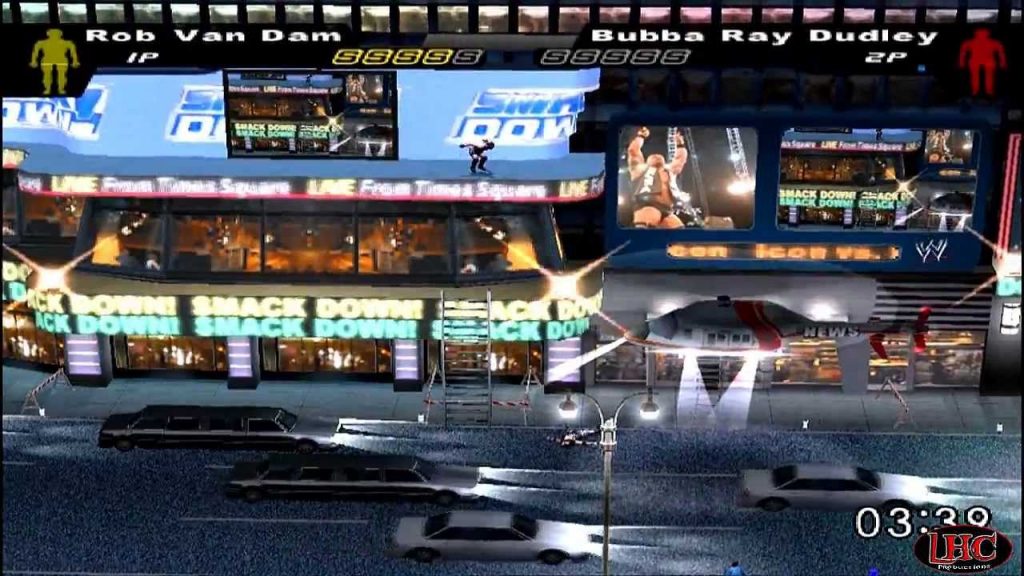

It had the most well thought out and written story mode of any wrestling game at the time, which saw you climbing through the ranks with your own created wrestler in WWE’s then developmental system, Ohio Valley Wrestling. This served as both a narrative device and as the game’s tutorial section. Afterwards, you would have the option of joining Raw or Smackdown. The game would advance in largely the same way, but the opponents you would face would change. It was the first time a wrestling game gave you a real ‘behind-the-scenes’ feel of the process towards becoming a wrestler. Where other games threw you straight onto the big stage, Day of Reckoning was almost a ‘rags to riches’ kind of tale that got you more invested and involved in your wrestler’s journey.
The sequel offered even more variety in how you approached the story. While Day of Reckoning 2 advanced its story mode assuming you had picked the Raw brand in the first game. The second game followed your created wrestler from about one year after the first game, chasing for the world title right off the bat (for continuity, you were best off creating the same wrestler you used in the first game). When the RAW world title goes missing, your WrestleMania main event against Triple H is cancelled. When Triple H gets injured at the following PPV, you were able to choose at certain intervals who you wanted to go after, what title to chase, even what match type to compete in. This was done through smooth text-based story scenes that would occasionally be interrupted for you to make a choice that changed where the story would go from there, ultimately ending up at the same endpoint after that several-week period.
Day of Reckoning invited multiple playthroughs, and its relatively streamlined story meant that you could easily make different choices and see everything in the game on a second run. Unfortunately, many players at that time were bothered that Day of Reckoning 2 was not voice acted (whereas the Smackdown games on the PlayStation 2 were). Whether this was a budgetary decision, or the lack of storage space on GameCube discs, we may never know. Given the poor quality of performance by many of the real world wrestlers lending their voice to the Smackdown titles, it’s not much of a loss in retrospect. The GameCube’s lack of sales also meant that the PlayStation 2 wrestling games sold significantly better, and that that more realistic style would become the blueprint going forward.
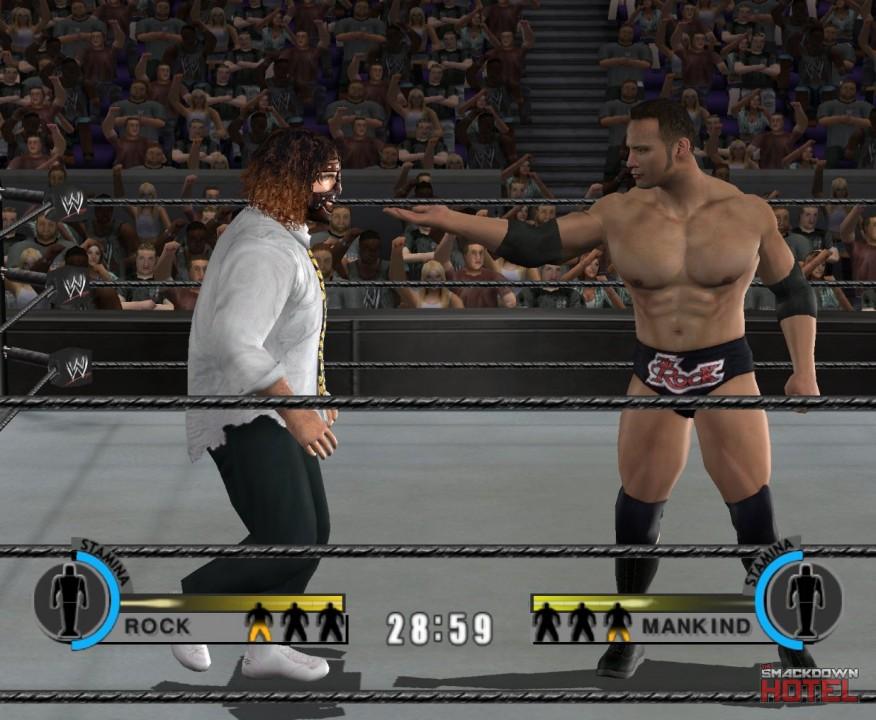

Many games, both independent and fan projects have attempted to create a wrestling game with a similar feel. Pro Wrestling X, an indie game available on Steam, was once a fan project that had taken donations for 10 years before starting over on Kickstarter in 2014. The game was released in Early Access shortly thereafter, where it will likely remain. There have been smaller, better-received titles in Action Arcade Wrestling and RetroMania Wrestling, but both those games are modelling themselves after earlier 8 and 16 bit wrestling games, which are emulating an entirely different wrestling game experience from these later periods.
Given the last 15 years in the genre, it’s not hard to see why fans are so skeptical about anyone coming into the space claiming they are ‘bringing back the AKI style’ of wrestling games. The question remains on what kind of direction AEW’s video game debut is going to look like. Early game footage looked far more exaggerated, with more recent trailers looking like more of a hybrid between that initial style and a more realistic look. With former WWF No Mercy director Hideyuki Iwashita working on the project, many would assume those classic AKI wrestling games would be the goal in mind. I think it is far more likely that Yukes, the studio working on the bulk of the project, will align more with Day of Reckoning as for what a more modern version of that gameplay should look like. It shouldn’t be much longer until fans can finally get their hands on the game and see for themselves.
The GameCube wrestling titles were simply an upgraded version of that same core combat system, albeit with a different development team. Their new AEW title should be looking back to Yuke’s own Day of Reckoning titles, not the earlier AKI titles. Those involved with the project have cited both AKI games like No Mercy and earlier Yuke’s Smackdown titles as influences. While more players would remember those AKI games, Yuke’s already made the successor to those titles in almost every way. The blueprint for creating the feel of those N64 titles already exists, and it stayed with Nintendo consoles for several years afterward.
While Omega himself has said the game has a tentative release date for late 2022, it may be some time yet before we get our hands on AEW’s long-awaited video game debut. Given those involved and what we have seen so far, there should be plenty of confidence that they can deliver the modern day wrestling title fans have been waiting years for.
- AEW
- All Elite Wrestling
- amazon prime gaming
- axie infinity
- Casino Games
- coingenius
- Dualshokers
- EA Sports
- Evil Geniuses
- Gaming
- gaming headset
- gaming pc
- madden nfl
- Nintendo
- Online casino games
- Originals
- pc games
- plato
- plato ai
- plato data intelligence
- plato game
- plato gaming
- platodata
- platogaming
- playstation
- prime gaming
- Team SoloMid
- wwe
- WWE Day of Reckoning
- xbox
- zephyrnet
